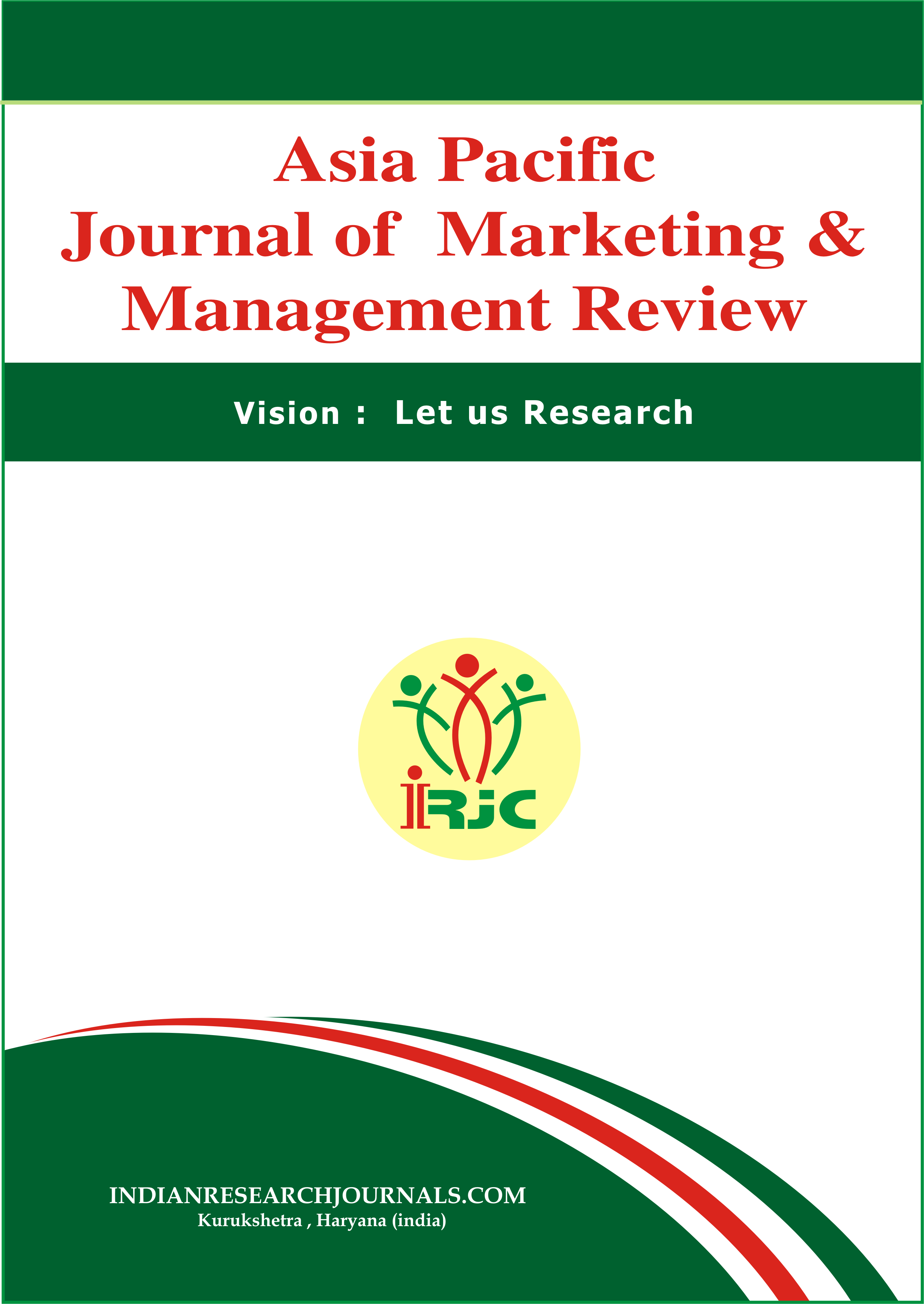PRIORITIES OF TEACHING THE RUSSIAN LANGUAGE IN SECONDARY SCHOOLS IN UZBEKISTAN
##semicolon##
approach; method; vocabulary; grammar; dialog; listening; multicultural education.##article.abstract##
The article is devoted to the teaching of the Russian language in secondary schools in Uzbekistan. The main attention is focused on the most modern methods of teaching the Russian language in Uzbek teaching schools.
##submission.citations##
Ametovna, Y. T., & Nazarovna, K. Kh. (2020). Application of integration in teaching Russian in national groups. Water Art, (3).
Yuldasheva, T., & Kadirova, K. (2020). Teaching Russian with Innovative Approach. European Journal of Research and Reflection in Educational Sciences, 8(7).
Fayziyeva, U.S. (2022). Lesson: Mathematics. Tashkent SCIENCE INTELLIGENCE, 1(1), 62.
Fayziyeva, U.S. (2022). Lesson: Alphabet. Tashkent, 1(2), 85.
Fayziyeva, U.S. (2022). Includes educational handballs. School and Life, 2(158), 135-145.
Fayzieva, U. (2021). The prospects for teaching children with hearing impairments and equipment are specialized. Mentor, 35(35), 4-5.
Fayzieva, U. (2021). A new approach and interactive methods in the process of inclusive education. Mentor, 30(30), 75-78.
Fayziyeva, U.S. (2021). Organizational and methodological basis for educating children with special needs in an inclusive environment. School and Life, 5(1), 125-132.
Translation, F., Ibadullayeva, S. N. (2022). Preparing children with hearing impairments for inclusive education through systematic approaches to working on speech. Pedagogical Education Innovation Class, 1(1), 350-352.
Ibadullaeva, S. N., Masaliyeva, S. (2022). Factors for the development of mathematical imaginations of preschool-age children in inclusive education. Inclusive Education, 1(2), 111-113.
Translation, F., Ibadullayeva, S. N. (2021). Methodological class for socializing orphaned children with disabilities. Educational and Innovative Research, 6(1), 280-286.
Translation, F., Ibadullayeva, S. N. (2021). Achieving early inclusion in the educational classroom is the most optimal factor in the socialization of children with cosmolear implants. Modern approaches to improving the quality of public education personnel in the new country, 1(1), 55-65.
Translation, F., Ibadullayeva, S. N. (2021). Achieving tolerance in education is a prerequisite for achieving the preparation of a future teacher for inclusive education. Affiliated at a modern school and society, 1(1), 61-65.
Ibadullayeva, S. N., Jurayeva, Z. (2021). The importance of correctional training in preparing deaf and vulnerable hearing students for inclusive learning. Current Issues of Inclusive Education, 1(1), 35-70.
Ишматова, О. С. (2020). Инклюзив таълимга кохлеар имплант бўлган болаларни муваффақиятли реабилитация қилиш омиллари. Science and Education, 1(Special Issue 4), 186-195.
Ishmatova, O. S. (2021). THE ROLE OF PHONETIC RHYTHMICS IN THE DEVELOPMENT OF ORAL SPEECH OF CHILDREN WITH HEARING IMPAIRMENTS. In STUDENT SCIENTIFIC RESEARCH (pp. 187-188).
Ishmatova, O. S. (2021). Goals and objectives of the study of the development of oral speech of children with hearing impairments by means of phonetic rhythmics. in science, education, innovations: actual issues and modern aspects (pp. 241-243).
Ishmatova, O. S., Son of Abdujalil, H. A. (2022). TOPIC: THE ROLE OF THE ACT IN THE ACTIVITIES OF THOSE WITH DISABILITIES. ONLINE SCIENTIFIC JOURNAL OF SUSTAINABILITY AND LEADING RESEARCH, 2(11), 24-28.
Ishmatova, O. S. (2022). THE ROLE OF PHONETIC RHYTHM IN ELIMINATING SPEECH DEFECTS. ONLINE SCIENTIFIC JOURNAL OF SUSTAINABILITY AND LEADING RESEARCH, 2(10), 378-380.
Ishmatova, O. S. (2022). The role of logopedic personalities in secondary schools in updating the quality of launcher education. B online scientific journal of Archetypal and Leading Research, 2(10), 388-391.
Ishmatova, O. S. (2022). Developing oral discourse of children with hearing impairments in correctional exercises through phonetic rhythm. Chiropractor, 1(1), 70.
Ishmatova, O. S. (2022). The effectiveness of the technology of "Joyful phonetic rhythm" in shaping oral speech of children with hearing problems in correctional exercises through phonetic rhythm. This is the most sleus,
##submission.downloads##
##submissions.published##
##issue.issue##
##section.section##
##submission.license##
##submission.copyrightStatement##
##submission.license.cc.by-nc-nd4.footer##




